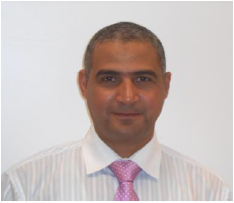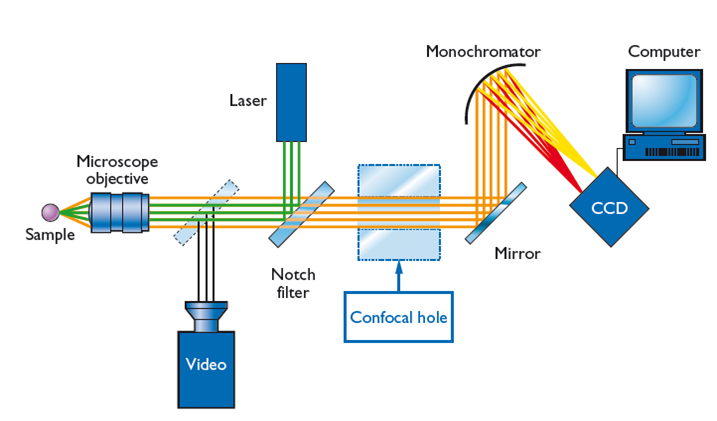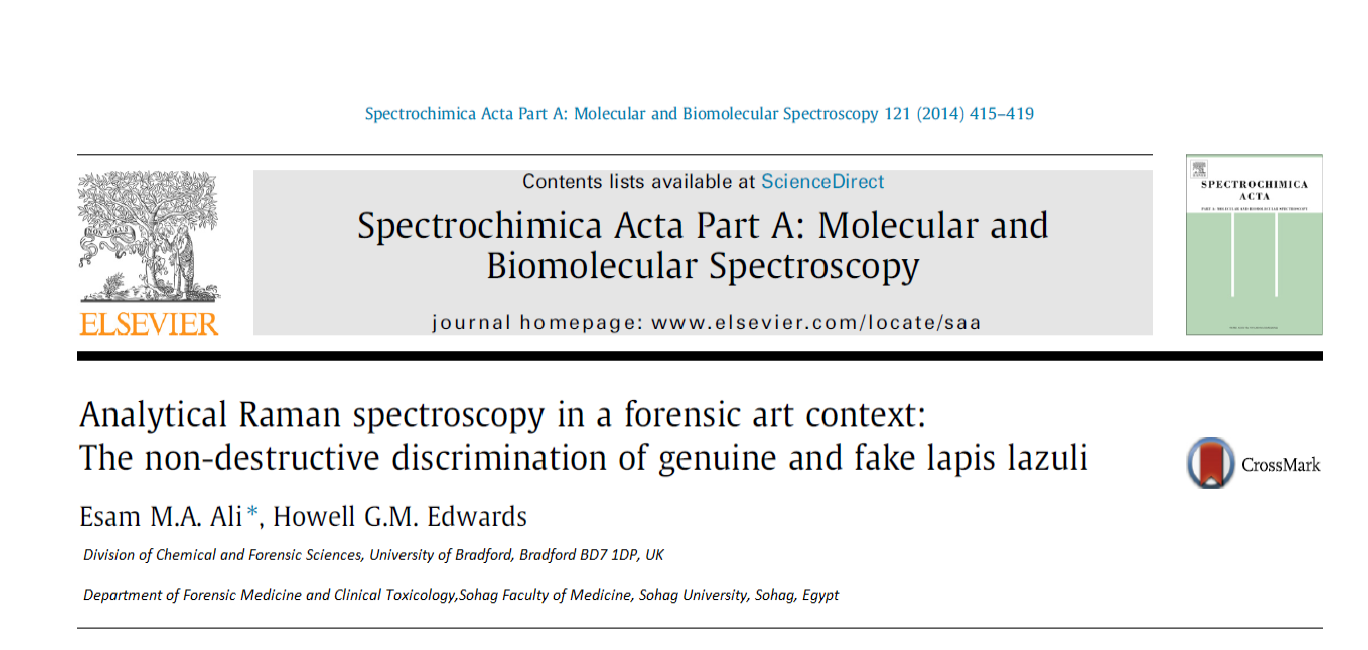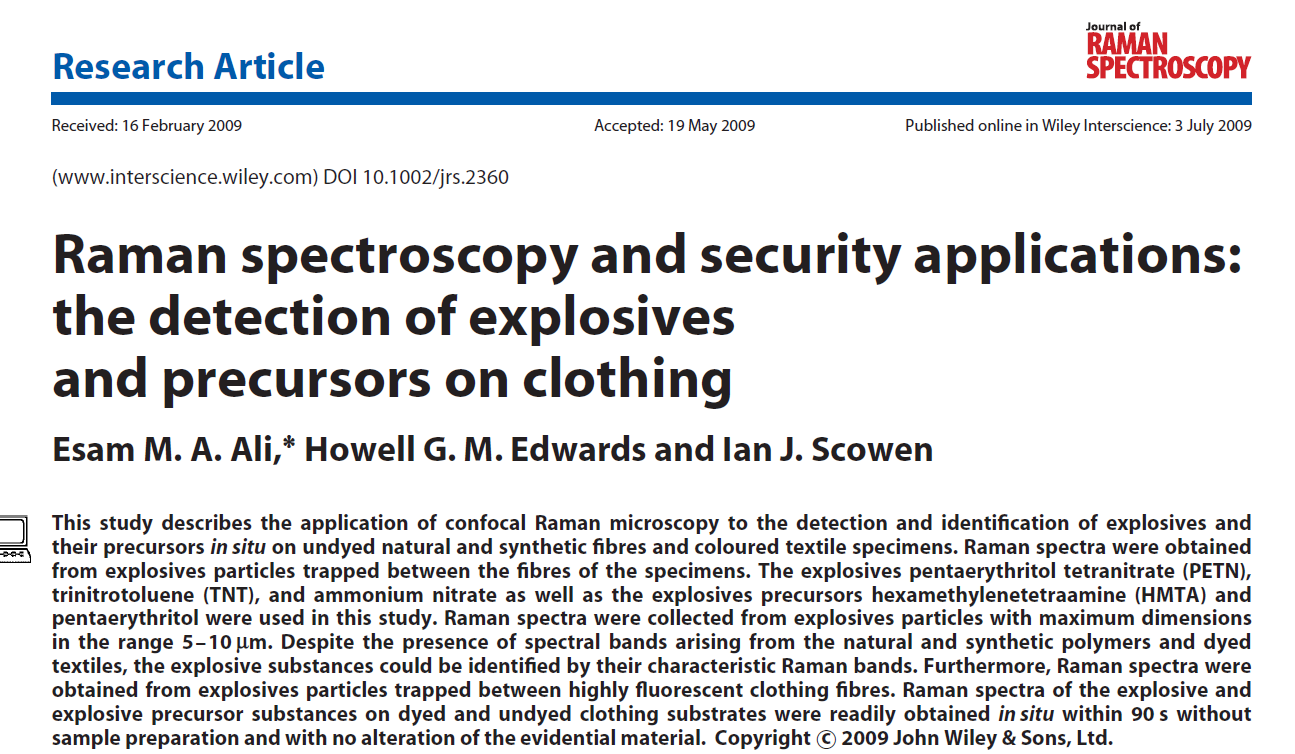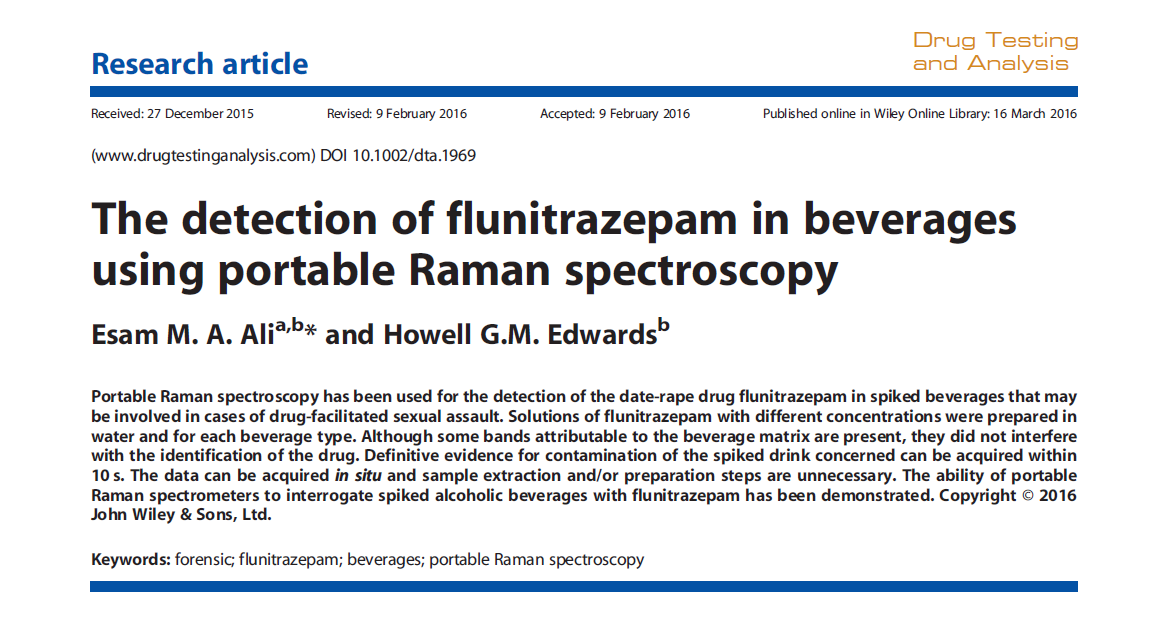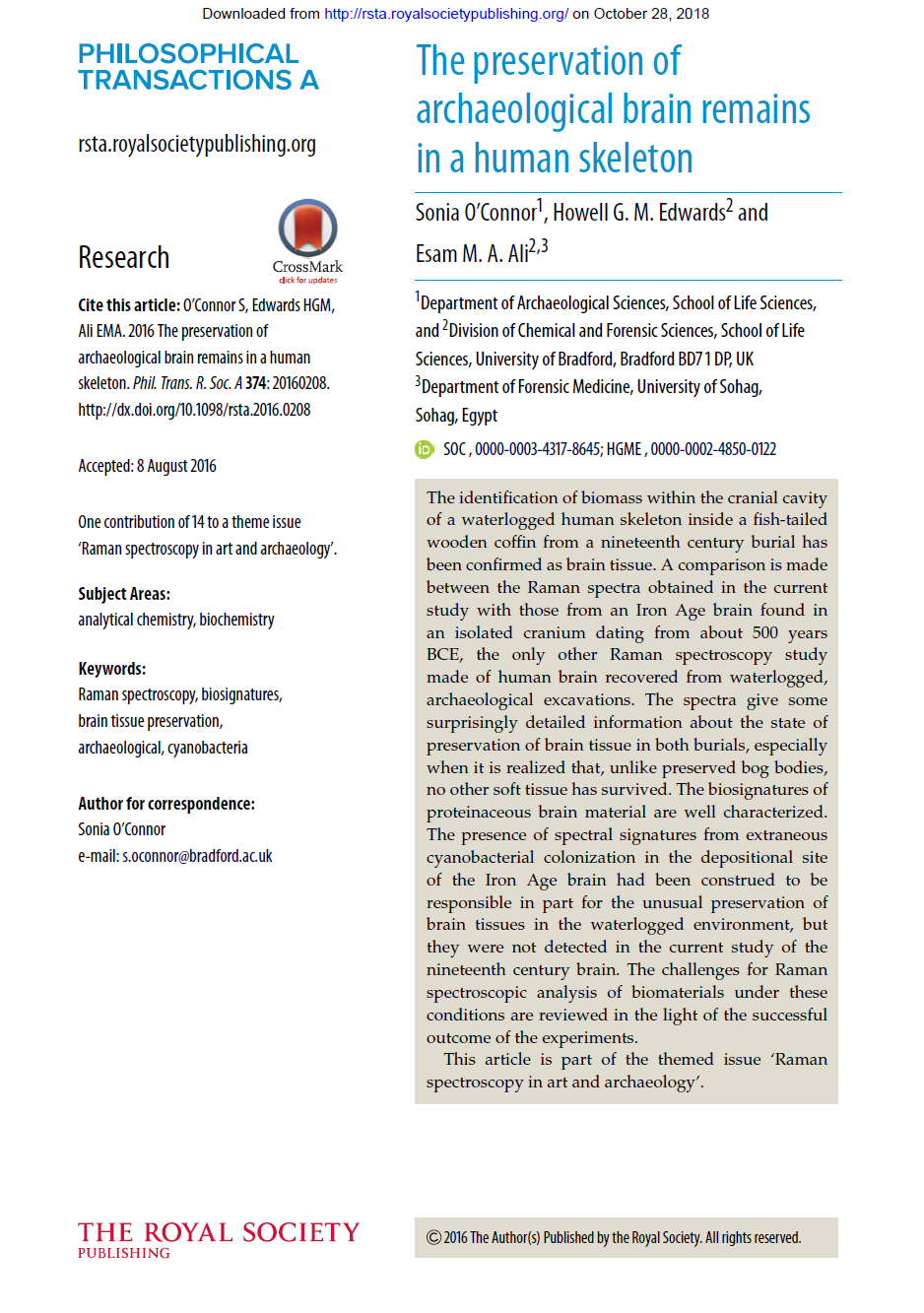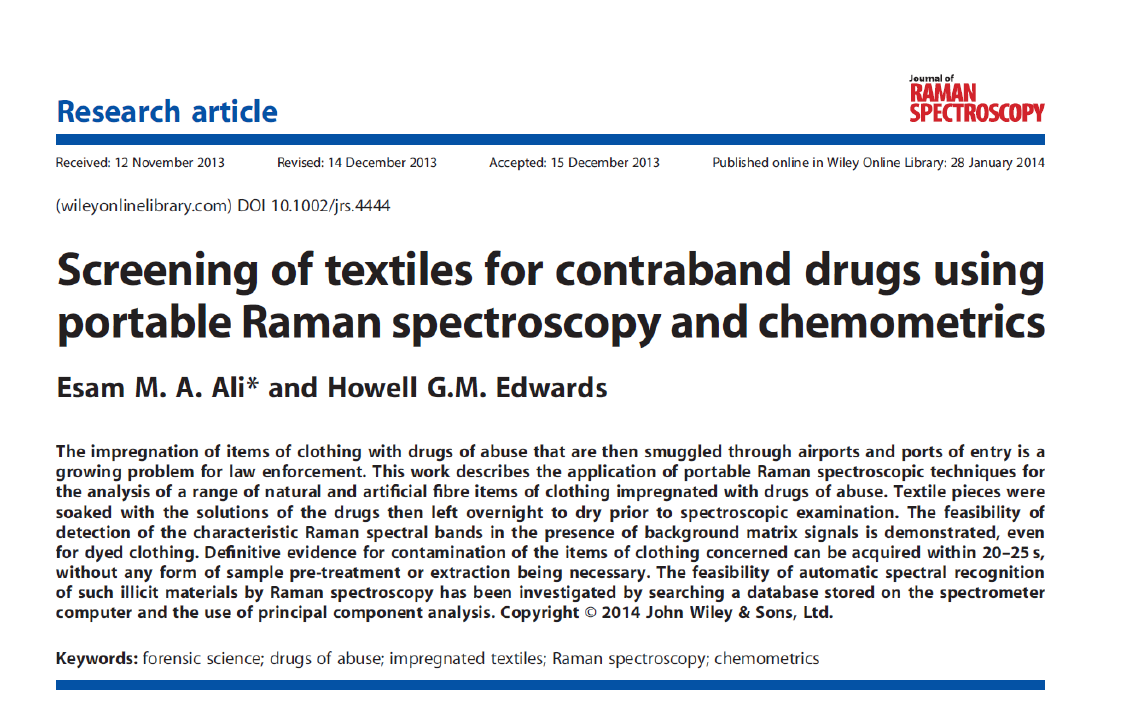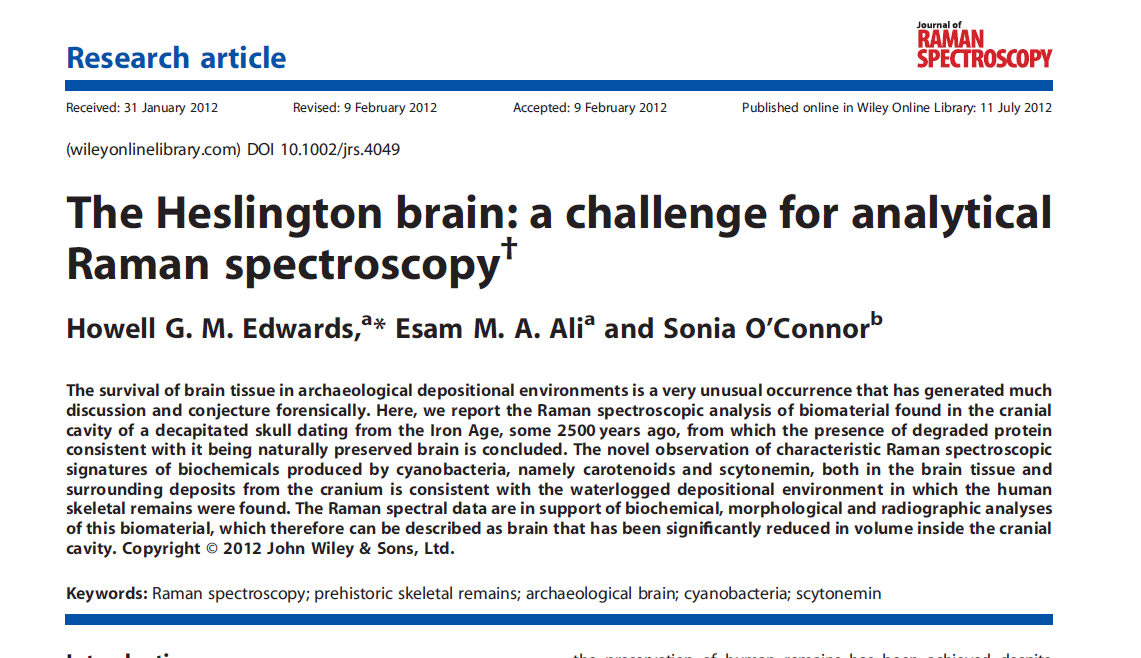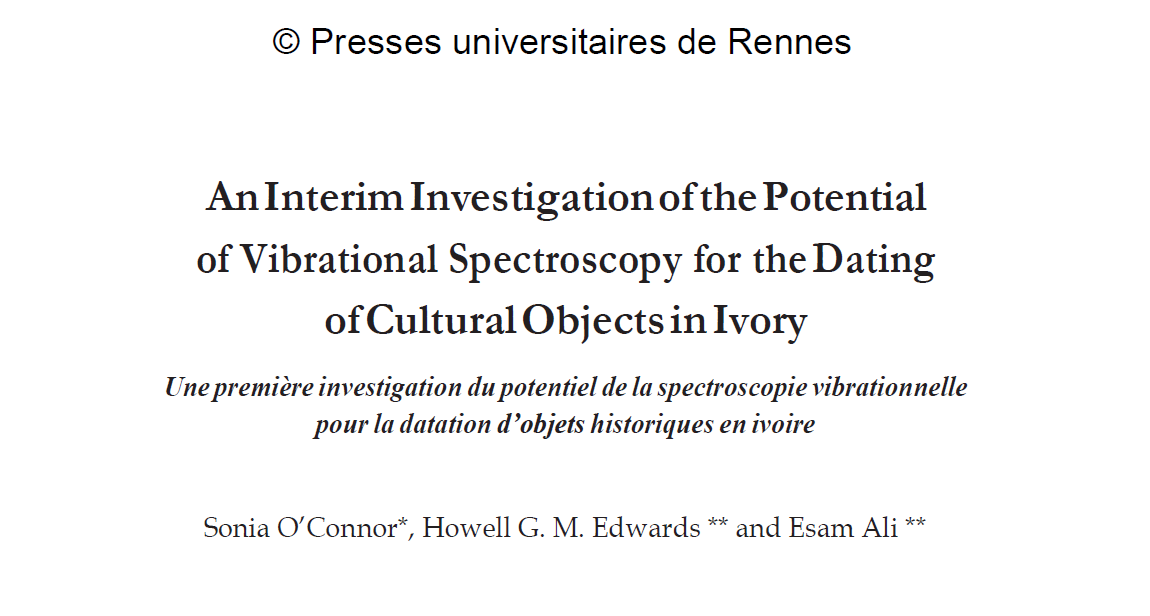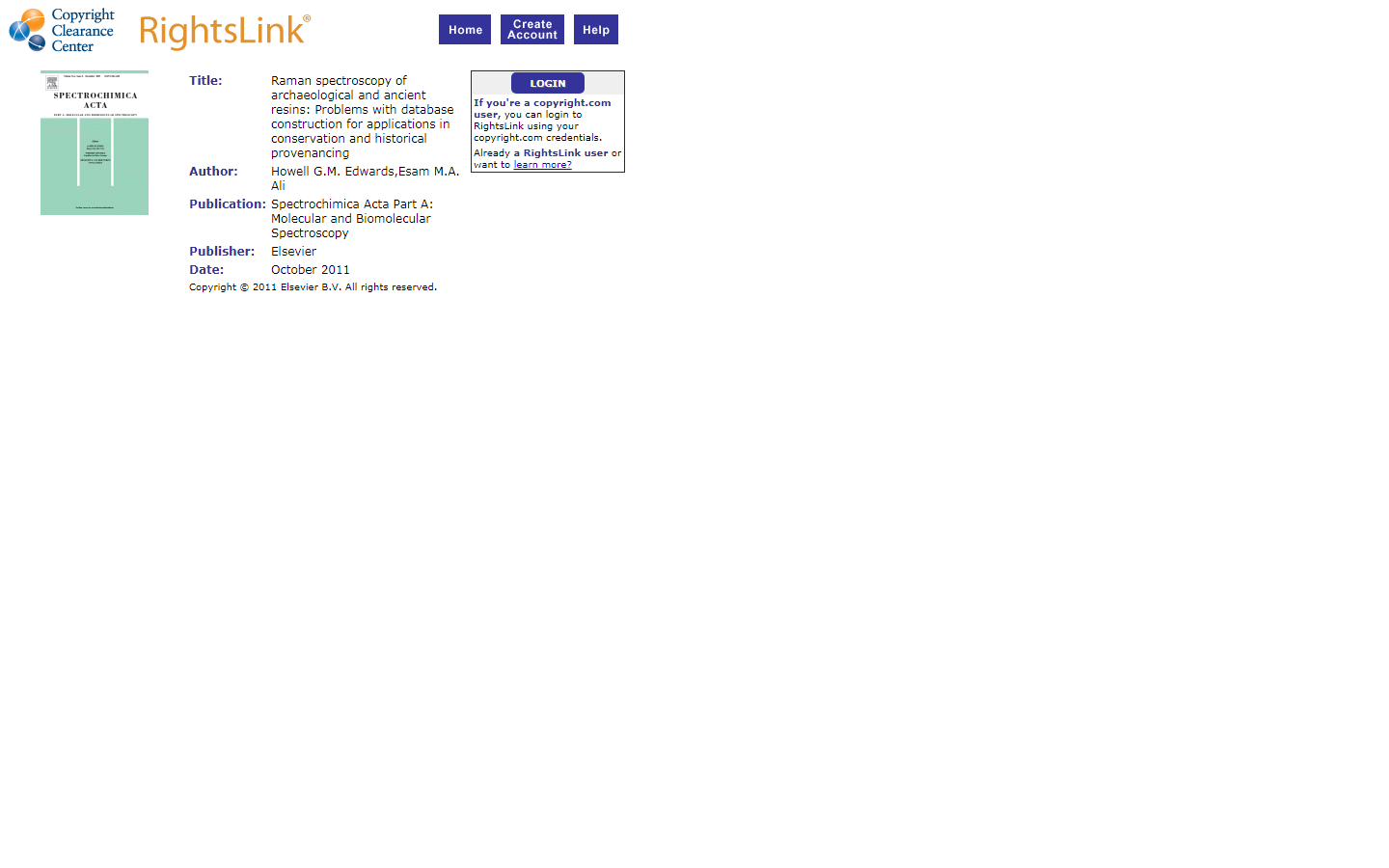A field-portable Raman spectrometer is a reliable technique that can be used by emergency response teams to rapidly identify unknown samples. The portability and rapidity of the analysis are significant advantages. These criteria are significantly important for law enforcement agencies working in the field and dealing with relatively large numbers of samples on a daily basis.
Read more
